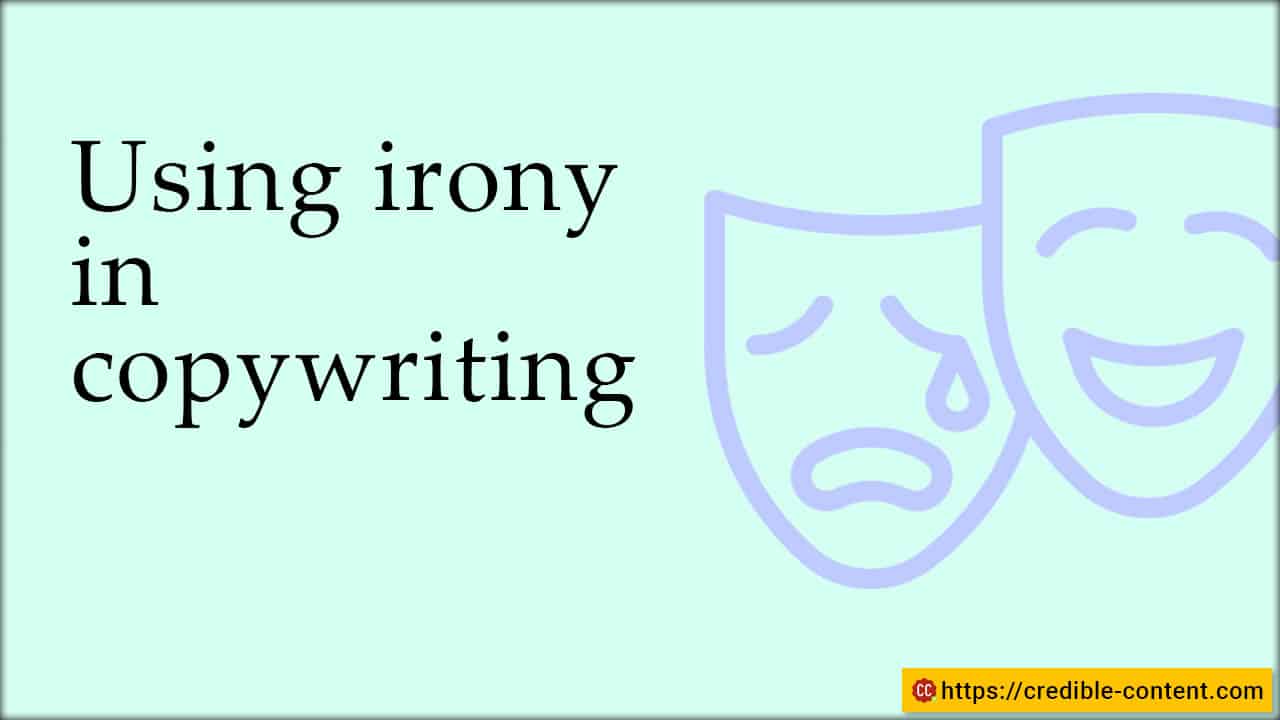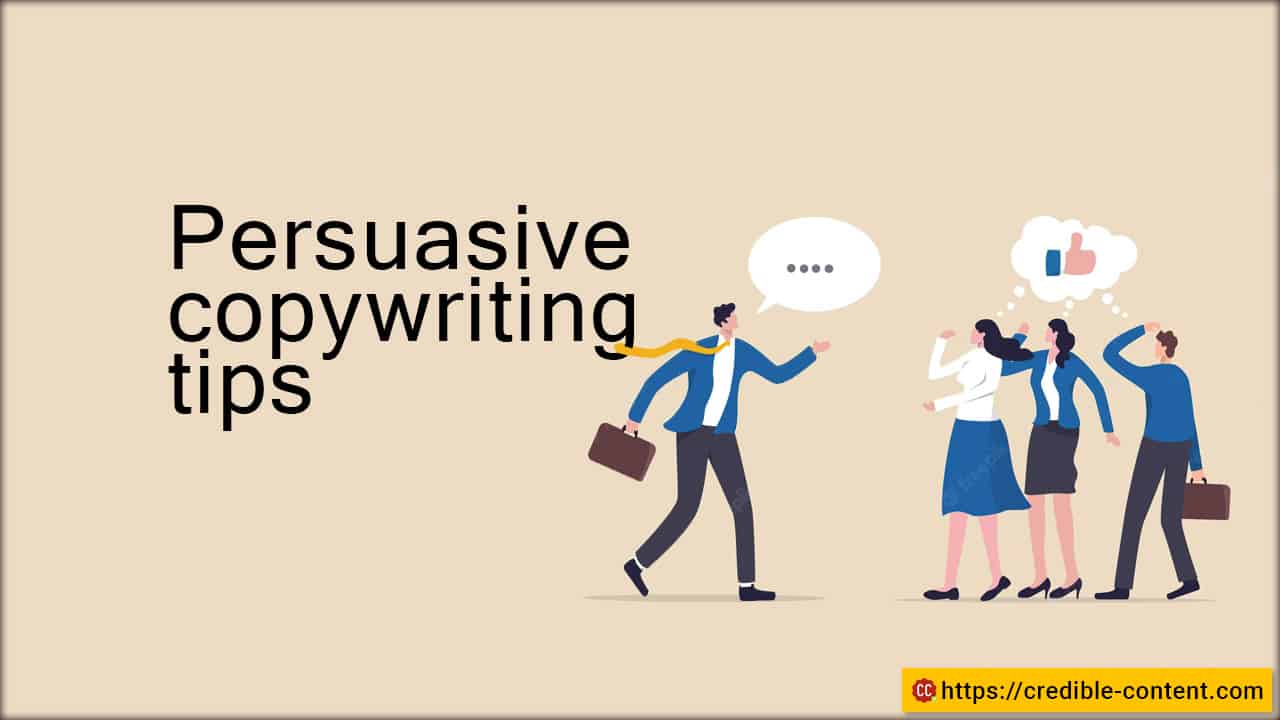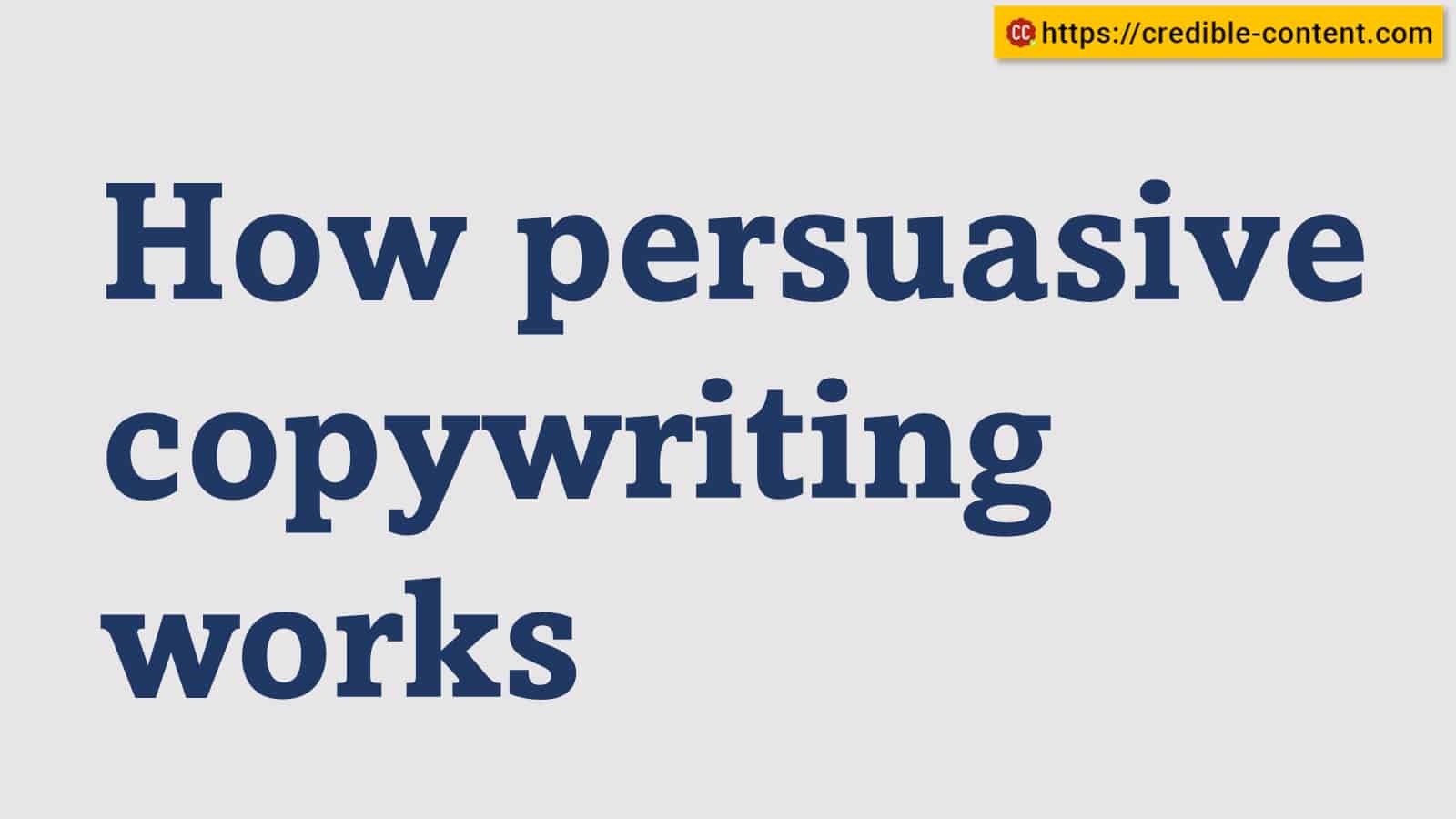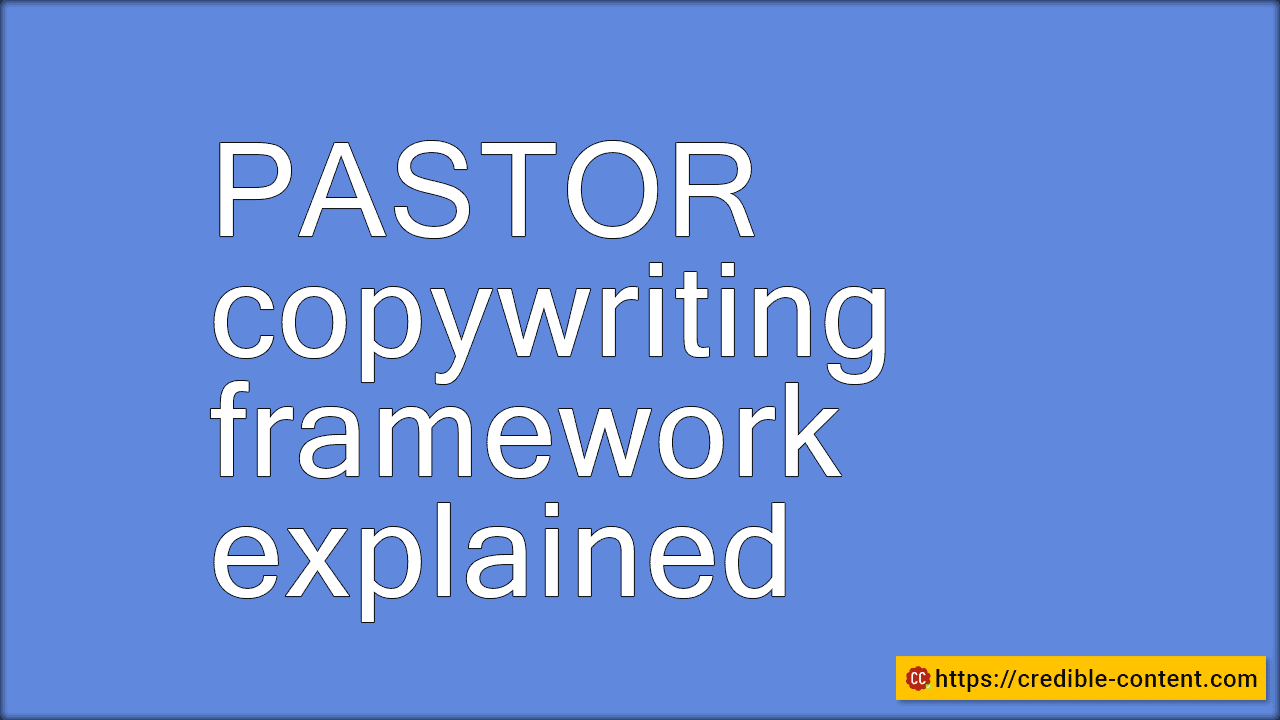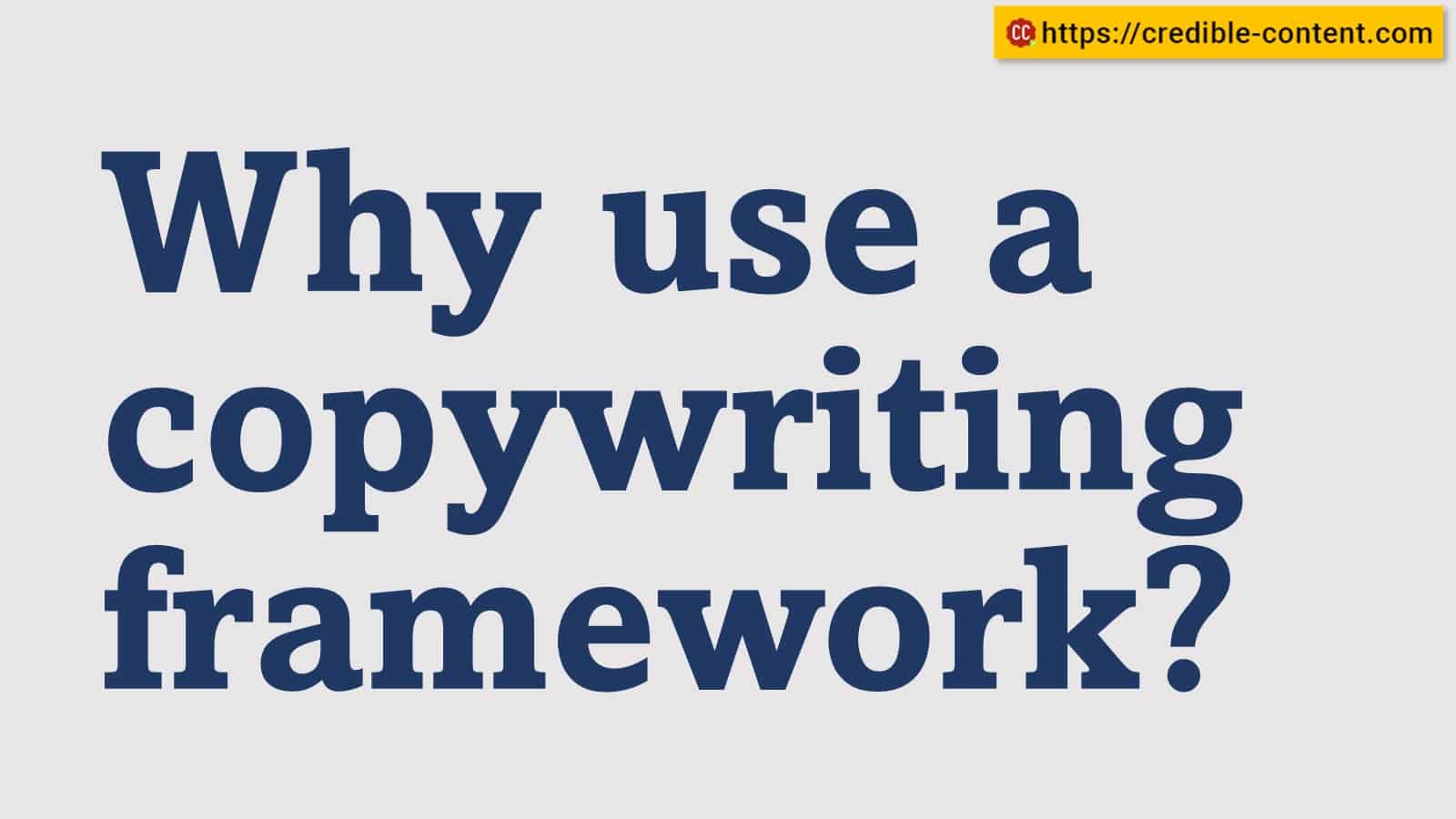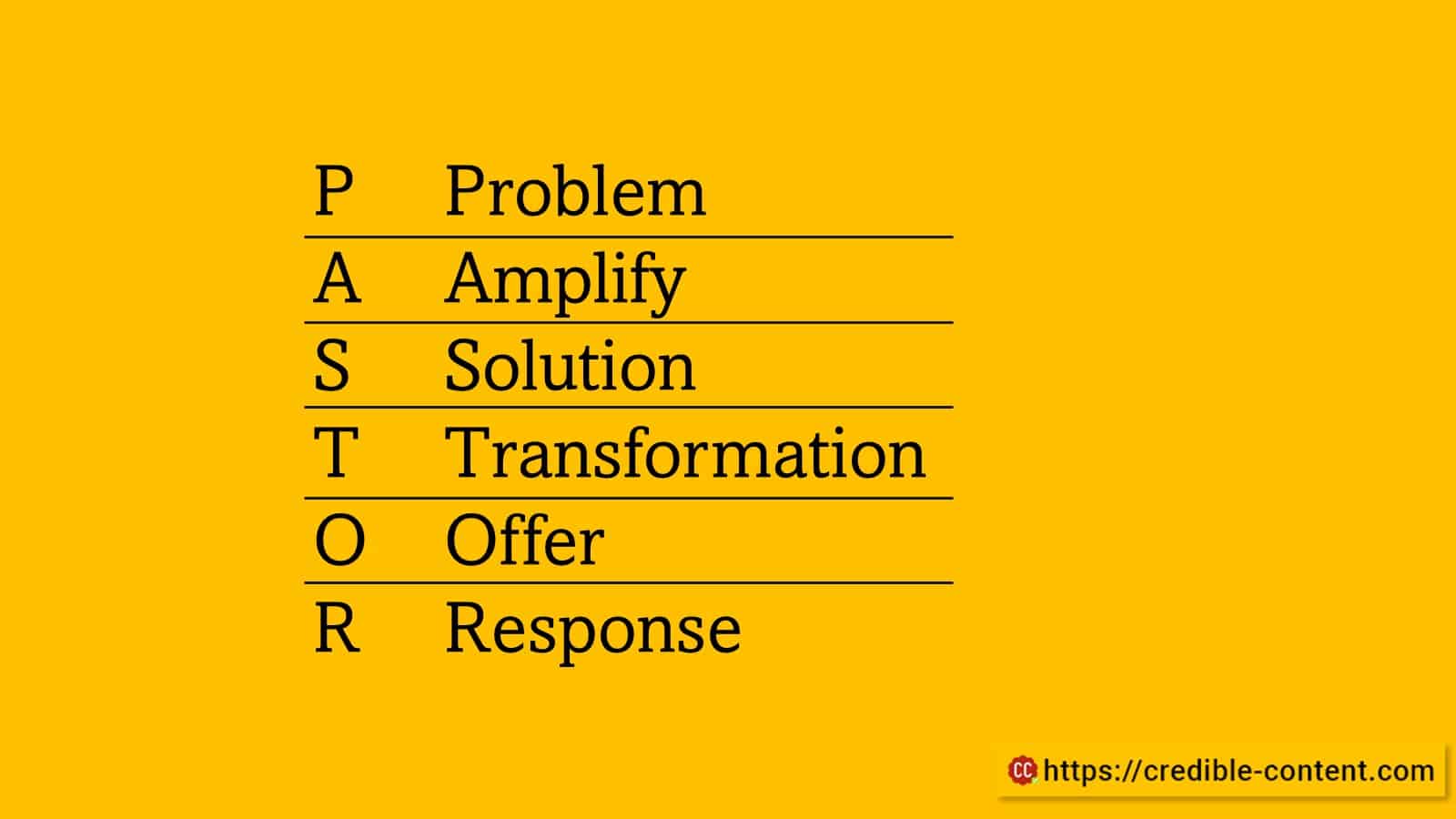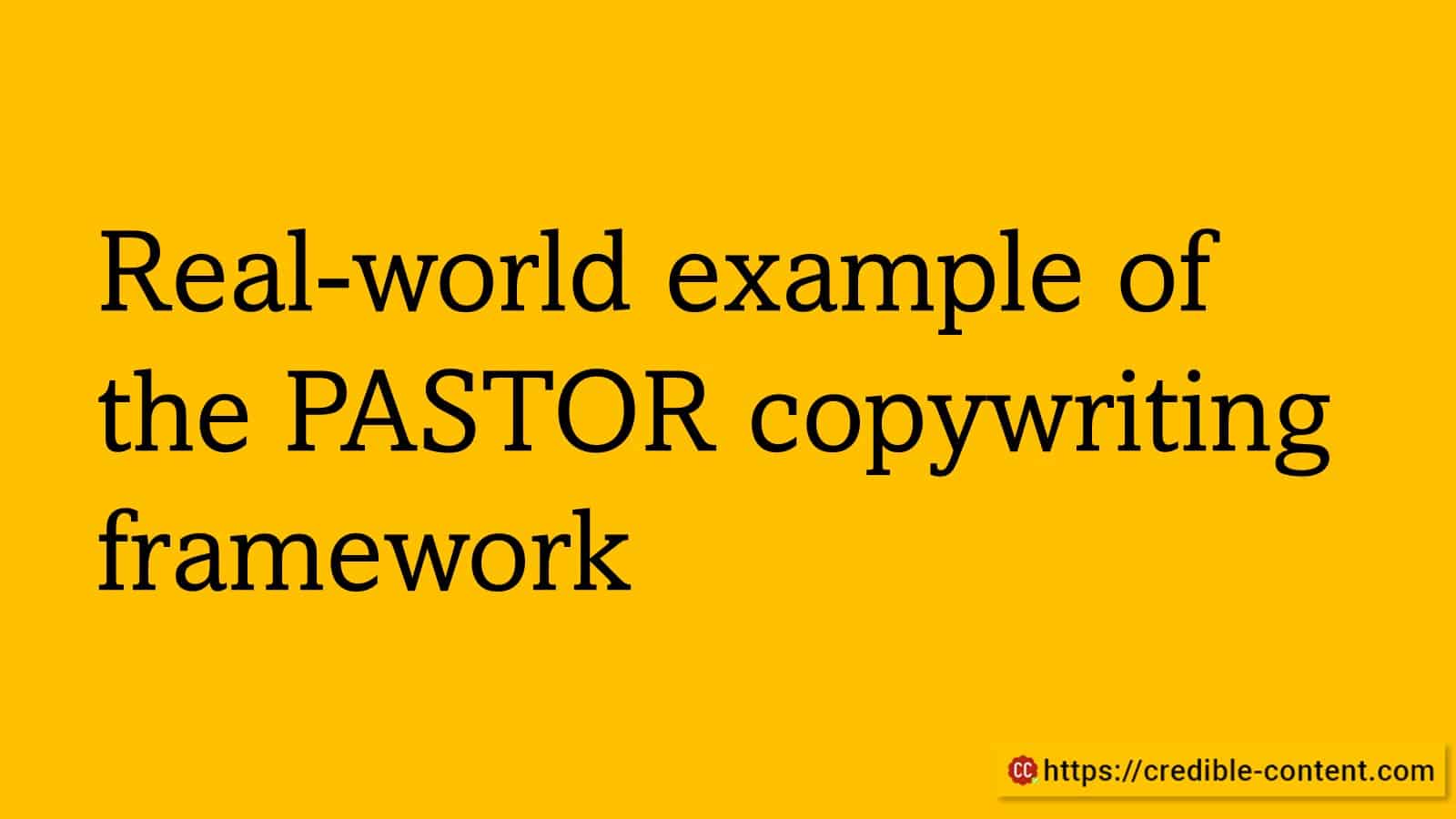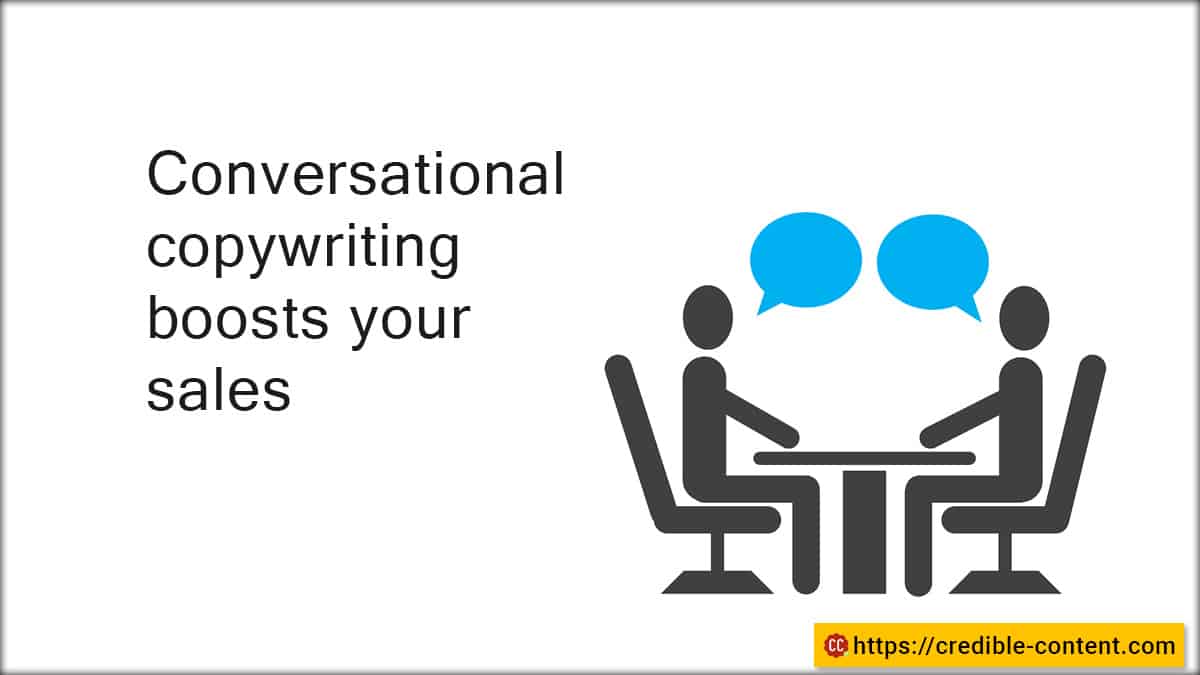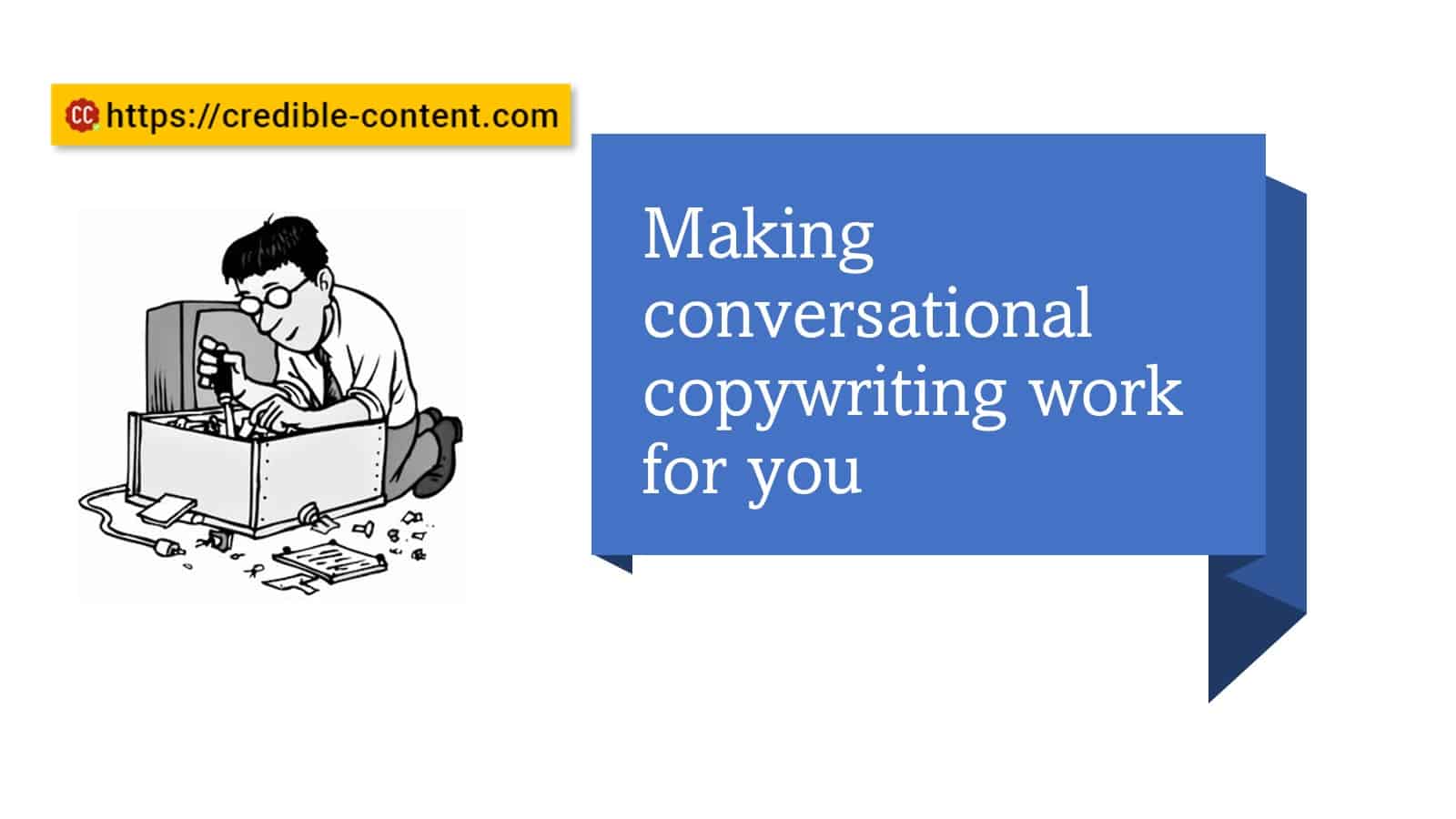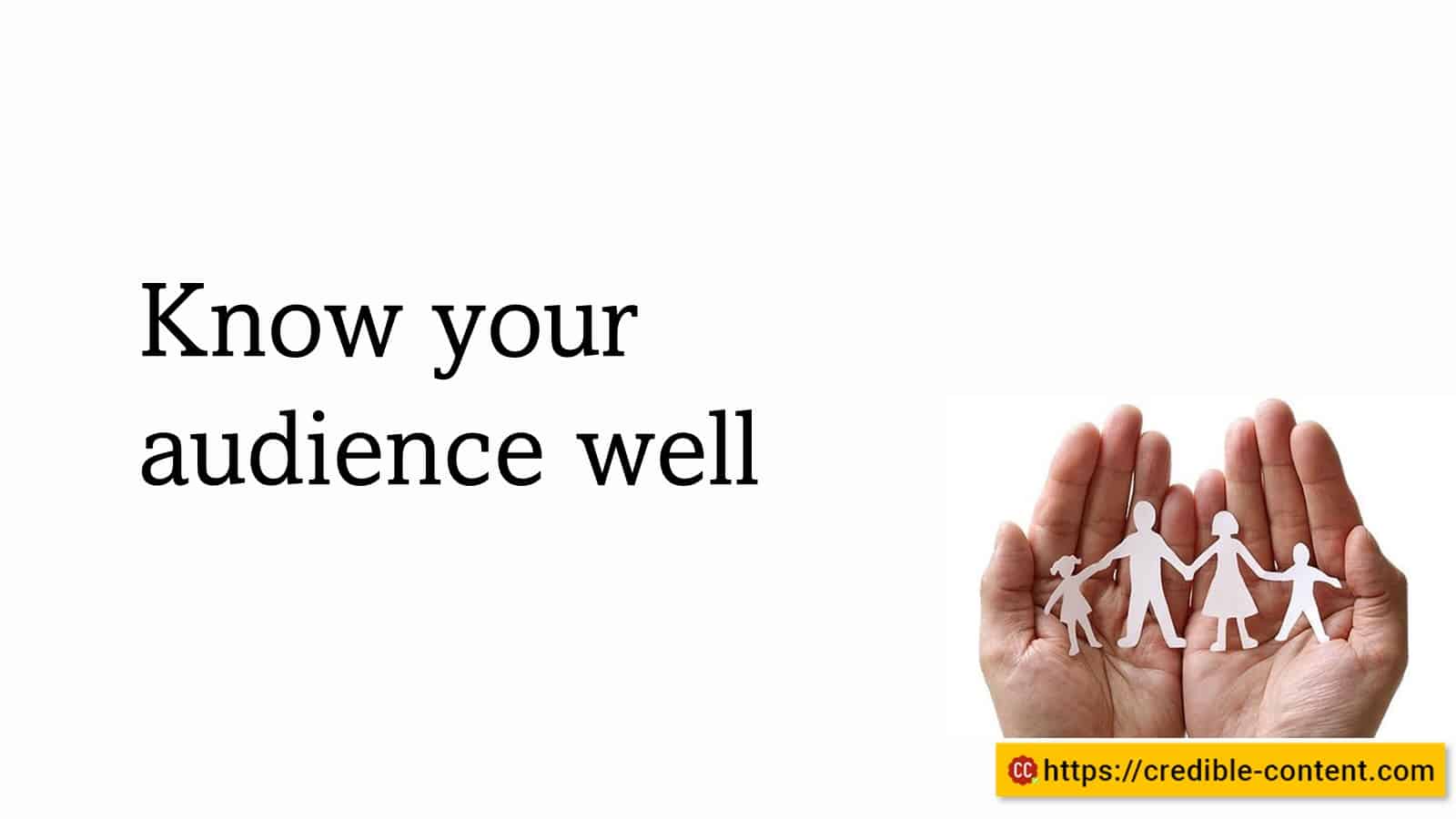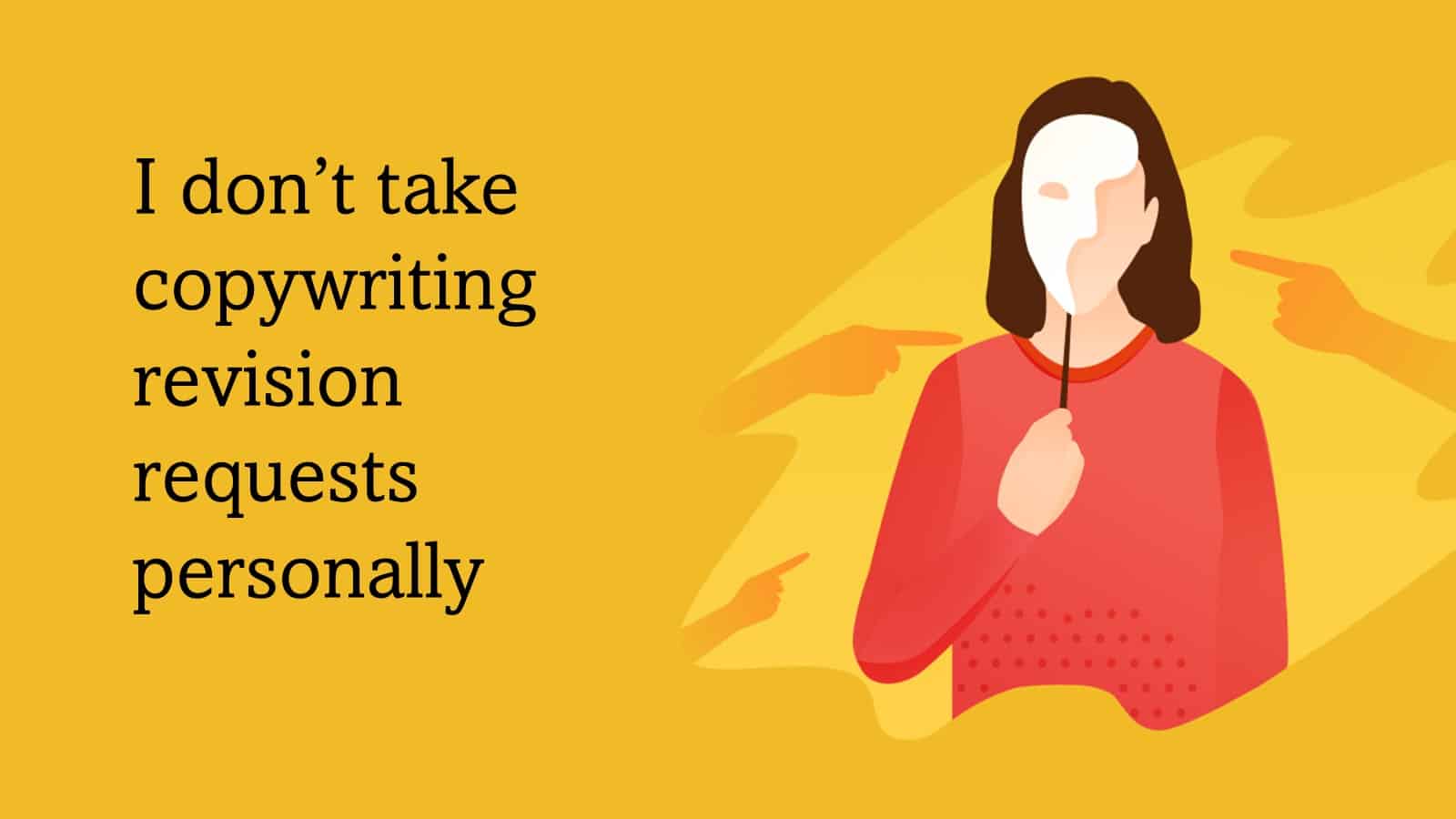Mastering the Art of Copywriting: Harnessing the Power of Irony
In the world of copywriting, where competition for attention is fierce, it’s crucial to find creative ways to engage your audience and make your message memorable. One powerful tool in a copywriter’s arsenal is irony.
By skillfully employing irony, you can inject humor, wit, and an unexpected twist into your content, capturing the attention and imagination of your readers. In this blog post, we will explore the art of using irony in copywriting, its benefits, and provide practical examples to inspire your own endeavors.
The Power of Irony in Copywriting
Irony, when used effectively, can be a game-changer in copywriting. It adds a layer of depth and intrigue to your message, allowing you to stand out from the crowd. Let’s delve into some key reasons why incorporating irony in your copy can yield remarkable results:
Captivating Attention
Irony is a powerful attention-grabbing tool. By presenting a surprising or unexpected twist, you immediately pique curiosity and compel your readers to delve deeper into your content.
Enhancing Memorability
Irony has a knack for making your message stick. By evoking emotions and creating an amusing or thought-provoking experience, you leave a lasting impression on your audience. They are more likely to remember your brand, product, or service when it’s associated with an ironic twist.
Injecting Humor and Wit
Irony can infuse your copy with humor and wit, making it enjoyable and entertaining to read. A touch of irony can bring a smile to your audience’s faces and foster a positive emotional connection with your brand.
Differentiating Your Brand
In a sea of generic copywriting, irony allows you to stand out and carve a unique identity for your brand. It helps create a distinct voice that resonates with your target audience and sets you apart from competitors.
Now that we understand the power of irony in copywriting, let’s explore some practical tips for effectively incorporating irony into your content.
Tips for Using Irony in Copywriting
To leverage irony successfully, you need to apply it thoughtfully and skillfully. Here are some valuable tips to guide you in using irony effectively:
Know Your Audience
Understand your target audience’s preferences, sense of humor, and cultural context. What may be ironic to one group might fall flat with another. Tailor your use of irony to resonate with your specific audience.
Be Clear and Concise
Irony should be evident to your readers without causing confusion. Keep your message concise and straightforward, allowing the ironic element to shine through effortlessly. Avoid convoluted or ambiguous language that might dilute the impact of your message.
Maintain Brand Voice
Irony should align with your brand’s overall tone and personality. Whether your brand is playful, sophisticated, or irreverent, ensure the irony you employ aligns with your established voice. Consistency is key to building a strong brand image.
Choose the Right Moment
Irony is most effective when it serves a purpose in your copy. It should enhance your message, rather than overshadow it. Consider using irony to highlight a product feature, challenge common assumptions, or evoke emotions that resonate with your audience.
Avoid Offensiveness
Irony is subjective, and what may be humorous to some can be offensive to others. Exercise caution and avoid using irony in a way that might alienate or upset your audience. Stay away from sensitive or controversial topics that could backfire and damage your brand’s reputation.
Now, let’s examine a real-life example of how a brand successfully used irony in their copywriting to captivate their audience.
Example: Charming Chocolates – Indulgence for the Calorie-Conscious!
In a world where calorie-counting is a part of many people’s lives, Charming Chocolates, a renowned confectionery brand, crafted an ironic copy to promote their new line of guilt-free chocolates. The headline read, “Sinfully Delicious… Without the Sin!”
By using irony, the copywriter at Charming Chocolates achieved multiple objectives:
- Attention-Grabbing: The use of “Sinfully Delicious” instantly captures attention. It’s an unexpected and contradictory phrase that challenges the notion of chocolates being sinful.
- Entertaining and Memorable: The ironic twist of “Without the Sin!” adds a touch of humor and wit, making the copy entertaining to read. This creates a positive and memorable experience for the audience.
- Highlighting the Unique Selling Point: The irony emphasizes the guilt-free aspect of the chocolates, catering to the calorie-conscious consumer. It positions the product as a delightful indulgence that doesn’t compromise on health goals.
Some more examples of using irony in copywriting:
Headline: “The world’s most comfortable shoes are also the ugliest.”
Body copy: “We know, they’re not pretty. But they’re so comfortable, you won’t care. In fact, you’ll probably start to love their ugly mug. Because when you’re wearing these shoes, you’ll be too busy feeling good to worry about what they look like.”
In this example, the headline and body copy use irony to create a sense of humor and to make the shoes seem more appealing. The headline tells the reader that the shoes are ugly, but the body copy then goes on to say that they’re so comfortable, you won’t care. This creates a sense of surprise and humor, and it also makes the shoes seem more desirable.
Headline: “The best way to get rid of a temptation is to yield to it.”
Body copy: “This is a quote from Oscar Wilde, and it’s one of my favorites. It’s ironic because it’s actually true. If you’re constantly trying to resist temptation, it’s only going to make you want it more. The best way to deal with temptation is to give in to it, and then move on. Once you’ve given in, you’ll realize that it wasn’t as big of a deal as you thought it was.”
In this example, the headline and body copy use irony to make a point. The headline tells the reader that the best way to get rid of a temptation is to yield to it, which seems counterintuitive. However, the body copy then goes on to explain why this is actually true. This creates a sense of surprise and makes the reader think about the issue in a new way.
What are the disadvantages of using irony in copywriting?
While irony can be a valuable tool in copywriting, it’s important to recognize that it may not always be appropriate or effective in every situation. Here are some potential disadvantages to consider when using irony in your copywriting:
Misinterpretation or Confusion
Irony can be subjective, and not everyone may grasp the intended meaning. Some readers might miss the ironic twist or misinterpret it, leading to confusion about your message or brand.
Alienating the Audience
Irony, by its nature, can be polarizing. What some people find humorous, others may find offensive or off-putting. If the irony in your copy is not well-received by a significant portion of your audience, it may result in negative sentiment or even loss of customers.
Ineffectiveness in Certain Cultures
Irony’s impact can vary across different cultures and languages. What may be perceived as ironic in one culture could be interpreted differently in another, potentially diluting or undermining the intended effect of your copy.
Risk of Undermining Serious Messages
Irony tends to evoke light-heartedness and humor. However, if your copy deals with sensitive or serious topics, excessive irony can trivialize the subject matter and weaken the impact of your intended message.
Lack of Emotional Connection
While irony can engage readers and create a memorable experience, it may not always foster a deep emotional connection. Depending on your goals, you might need to balance the use of irony with other persuasive techniques to establish a stronger emotional bond with your audience.
Limited Applicability
Irony may not suit every brand or product. Some businesses and industries require a more straightforward and serious tone to convey trust, credibility, and professionalism. In such cases, irony may be perceived as inappropriate or undermine the desired brand image.
To mitigate these disadvantages, it’s crucial to consider your target audience, the nature of your brand, and the context in which you are using irony. A careful balance between creativity, clarity, and sensitivity is key to ensuring that irony enhances your copywriting rather than detracting from its effectiveness.
Does irony in copywriting work best in B2B or B2C advertising?
The effectiveness of irony in copywriting can vary depending on the context and the target audience. While irony can be used in both B2B (Business-to-Business) and B2C (Business-to-Consumer) advertising, its impact and reception may differ. Let’s explore how irony can work in each scenario:
Irony in B2B Advertising
- Creativity and Differentiation: In the B2B space, where products and services can be complex or technical, irony can be a powerful tool to stand out from the competition. It allows you to infuse creativity, inject humor, and add an unexpected twist to capture the attention of business professionals who are often exposed to dry and serious content.
- Building Rapport and Humanizing Brands: Irony can help create a sense of rapport and connection with B2B buyers. It showcases your brand’s personality, making it more relatable and human. This can be particularly effective in industries that are traditionally considered serious or formal, allowing you to break through the monotony and engage decision-makers on a more personal level.
- Grabbing Attention and Memorable Messaging: B2B decision-makers are busy individuals who are often bombarded with information. Irony can be an effective attention-grabbing technique, helping your message cut through the clutter and leave a lasting impression.
Irony in B2C Advertising
- Entertainment and Emotional Connection: B2C advertising often focuses on appealing to emotions and creating memorable experiences. Irony can be highly effective in this context, as it adds entertainment value and engages consumers on a deeper level. It can make your brand relatable, evoke positive emotions, and create a sense of delight.
- Differentiation and Brand Personality: In competitive consumer markets, irony can help set your brand apart from others. It allows you to create a unique voice and personality that resonates with your target audience. Irony can make your brand more memorable and build a strong emotional connection, which can influence purchasing decisions.
- Social Sharing and Virality: Irony has the potential to go viral in the age of social media. Consumers often appreciate and share content that is clever, witty, and ironic. This can amplify the reach of your message and increase brand visibility within the consumer community.
While irony can be effective in both B2B and B2C advertising, it’s essential to understand your specific audience, their preferences, and the industry you operate in. It’s crucial to strike a balance between creativity and professionalism in B2B advertising, while in B2C advertising, focusing on entertainment, emotional connection, and brand differentiation is key. Ultimately, the decision to use irony should align with your brand’s overall strategy, voice, and the specific goals of your advertising campaign.
By harnessing irony effectively, Charming Chocolates successfully engaged their target audience, differentiated themselves in a crowded market, and created a memorable association with their brand.
Conclusion
Irony is a powerful tool in the copywriter’s arsenal. When used strategically, it can elevate your content, make it more engaging and memorable, and forge a deeper connection with your audience. By understanding your audience, maintaining brand consistency, and being mindful of potential sensitivities, you can master the art of using irony in copywriting. So go ahead, embrace the unexpected, and infuse your copy with a touch of irony to captivate and enchant your readers.

